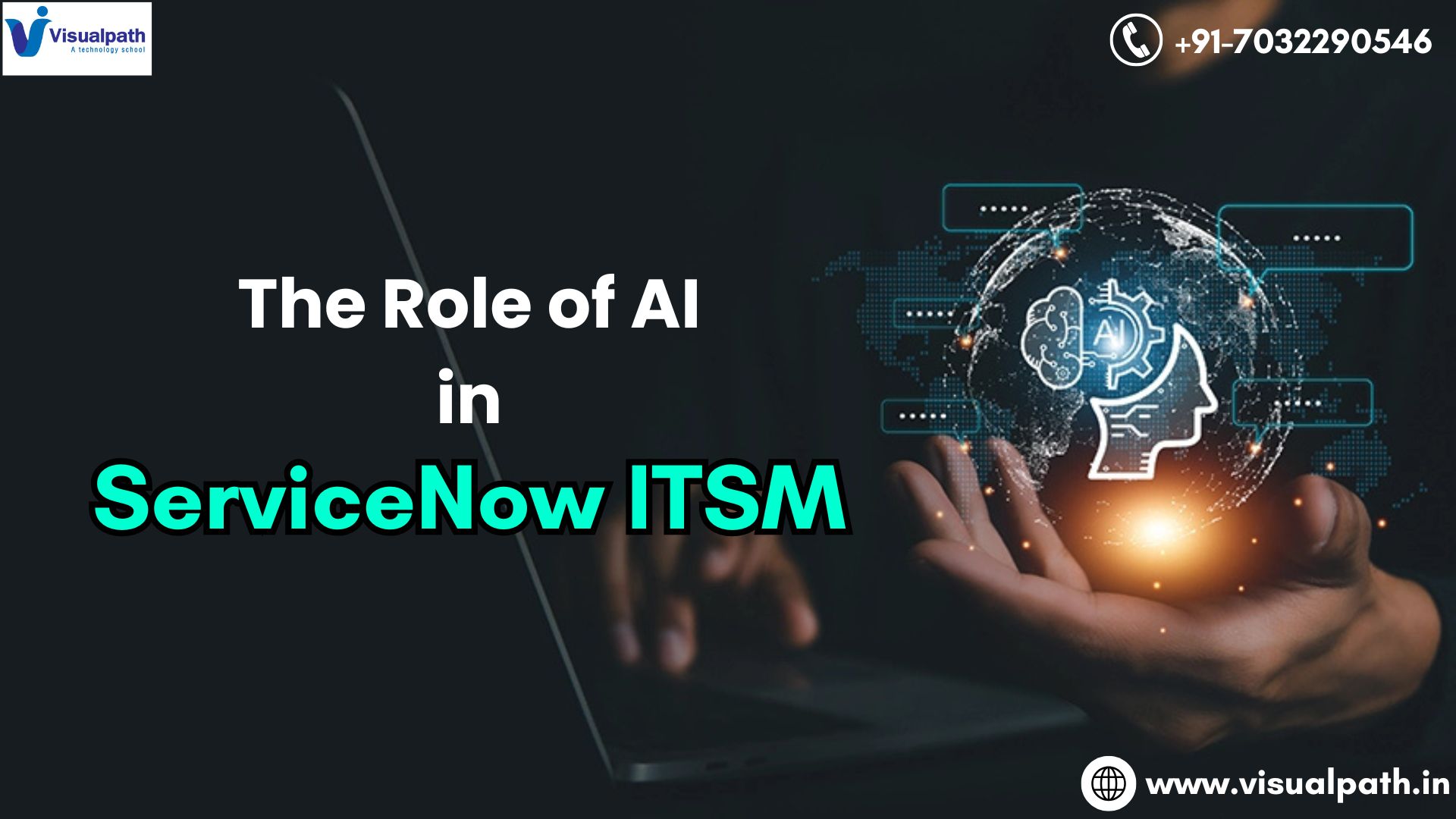ServiceNow is a powerful cloud-based platform that helps organizations streamline IT operations, automate workflows, and manage business processes across departments. A key strength of ServiceNow lies in its integration capabilities, which enable it to connect seamlessly with other systems, platforms, and third-party applications. Whether you’re working in IT service management (ITSM), HR, security, or operations, integration helps ServiceNow act as a unified hub for digital workflows.
In this article, we will explore the main integration types ServiceNow supports and how each plays a vital role in delivering a connected, agile enterprise environment.
1. Inbound Integrations
Inbound integrations allow external systems to send data to ServiceNow. These are commonly used when other systems need to push data or trigger actions inside the ServiceNow instance. For example, a network monitoring tool might send an alert to ServiceNow to open an incident automatically. ServiceNow Training
Key inbound integration methods include:
- REST APIs: ServiceNow offers robust RESTful web services that allow external applications to interact with ServiceNow resources in a lightweight and scalable manner. REST APIs are ideal for modern, mobile, or web-based applications.
- SOAP APIs: For legacy systems, ServiceNow supports Simple Object Access Protocol (SOAP), which is more structured and often used in enterprise environments with strict schema requirements.
- Inbound Email Actions: Emails can trigger records or workflows in ServiceNow. For instance, an email with specific keywords can automatically create incidents or change requests.
- Mid Server Inputs: Mid Servers can bring in data from on-premise environments for use in ServiceNow, commonly used for Discovery, Orchestration, or event management.
2. Outbound Integrations
Outbound integrations enable ServiceNow to send data to external systems. This is useful when ServiceNow needs to notify other platforms about updates, trigger actions, or share information.
Common outbound methods include:
- Outbound REST/SOAP calls: These allow ServiceNow to push data to another application or consume data from an external API.
- Outbound Email Notifications: ServiceNow can send emails based on workflow triggers, record changes, or scheduled jobs.
- Webhooks: ServiceNow can send HTTP POST messages to external endpoints when specific events occur, providing near real-time data sharing.
3. Bi-Directional Integrations
Bi-directional integrations are among the most valuable as they allow data to flow both ways between ServiceNow and external systems. This ensures that both platforms stay in sync, which is critical for environments where multiple tools manage parts of a single process.
Typical use cases:
- Integration between ServiceNow ITSM and Jira, where incidents in ServiceNow sync with Jira issues and updates flow back automatically.
- A CMDB synchronization between ServiceNow and asset management tools where updates reflect on both sides. ServiceNow Online Training
4. Integration Hub and Spokes
IntegrationHub is ServiceNow’s low-code/no-code solution that simplifies integrations through pre-built connectors called Spokes. These spokes provide out-of-the-box actions for commonly used platforms like Microsoft Teams, Slack, SAP, and Salesforce.
Benefits of IntegrationHub:wz
- Reduces the complexity of custom scripting.
- Accelerates time-to-value with pre-built logic.
- Enables citizen developers to build workflows without deep technical knowledge.
5. MID Server-Based Integrations
The Management, Instrumentation, and Discovery (MID) Server is a lightweight Java application that enables ServiceNow to communicate with external systems inside the firewall. It is crucial for integrations involving on-premise databases, applications, and infrastructure.
Use cases for MID Server:
- Discovery of physical and virtual infrastructure.
- Integration with Active Directory.
- Automation of tasks in hybrid IT environments.
6. Data Integrations
These are used when syncing large sets of data between ServiceNow and external systems.
Common data integration tools include:
- Import Sets and Transform Maps: For importing and mapping data to target tables in ServiceNow.
- Data Sources: ServiceNow can connect to external data sources such as JDBC, Excel, or JSON feeds.
- ETL (Extract, Transform, Load): Though ServiceNow does not include a full ETL tool, it can work with third-party ETL solutions for complex data migrations.
7. Third-Party Integration Platforms
ServiceNow also supports integration through third-party platforms such as:
- Mulesoft
- Dell Boomi
- Zapier
- Azure Logic Apps
These platforms act as middleware, handling transformations, workflows, and routing logic between ServiceNow and other systems. ServiceNow Course Online
Conclusion
ServiceNow’s integration capabilities are a cornerstone of its value in modern enterprises. By supporting a wide range of integration types—REST, SOAP, email, webhooks, MID Server, IntegrationHub, and more—ServiceNow ensures seamless communication across IT, HR, security, and operations. Whether your organization requires simple notification triggers or complex bi-directional workflows, ServiceNow offers the tools and flexibility to create a truly connected enterprise environment.
Trending Courses: Docker and Kubernetes, SAP Ariba, Site Reliability Engineering




